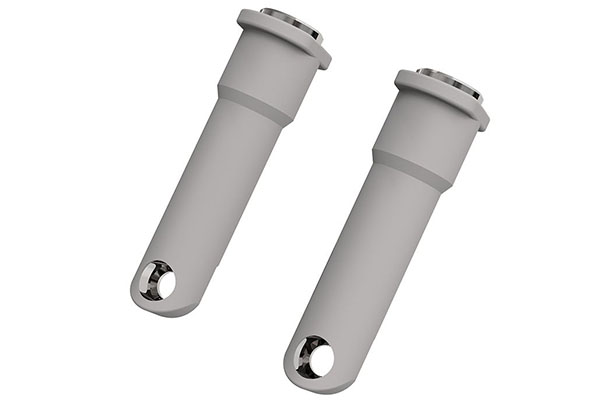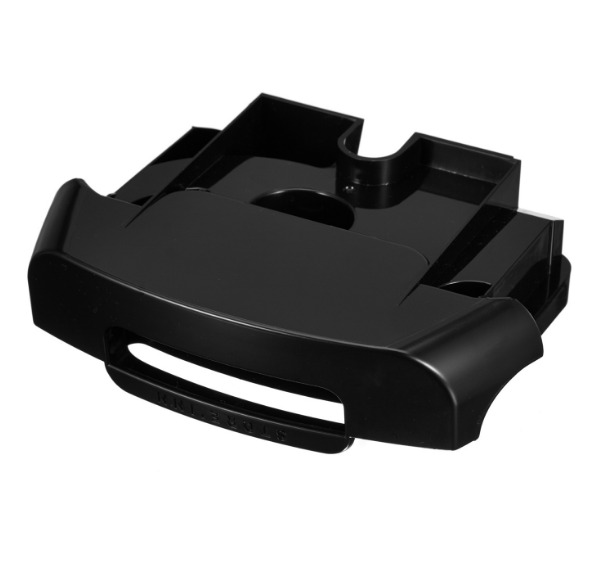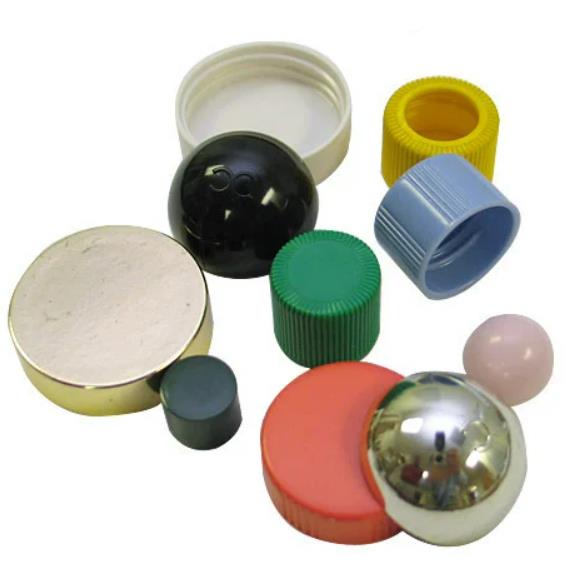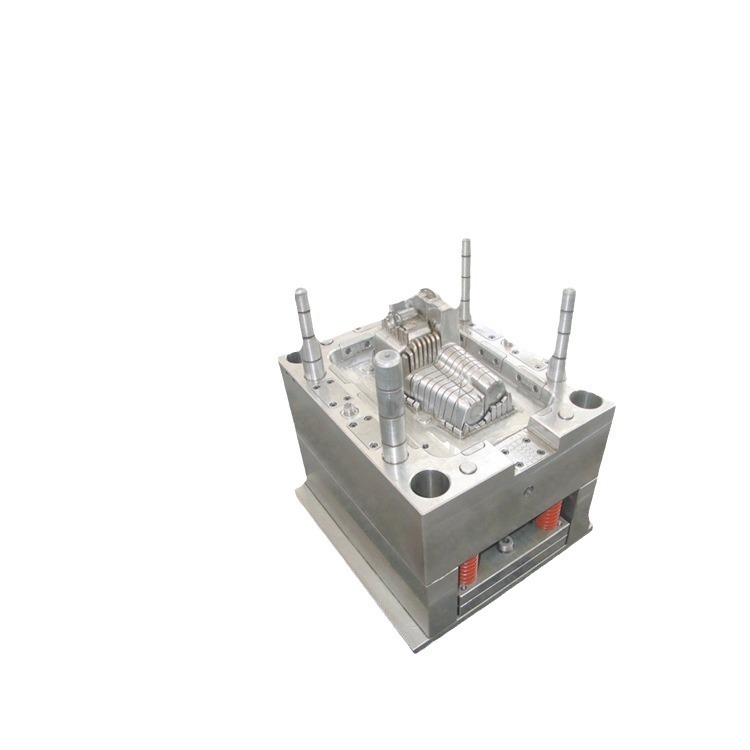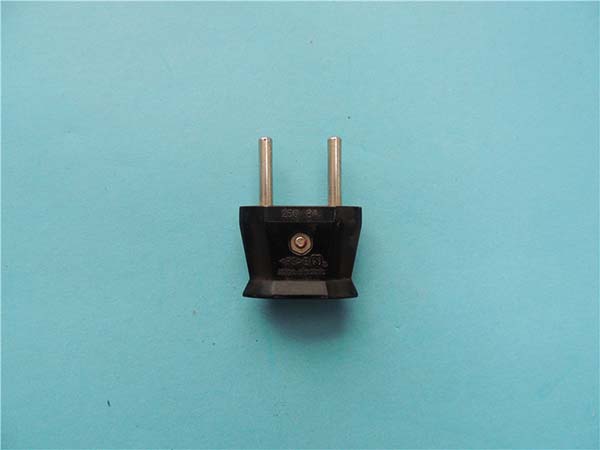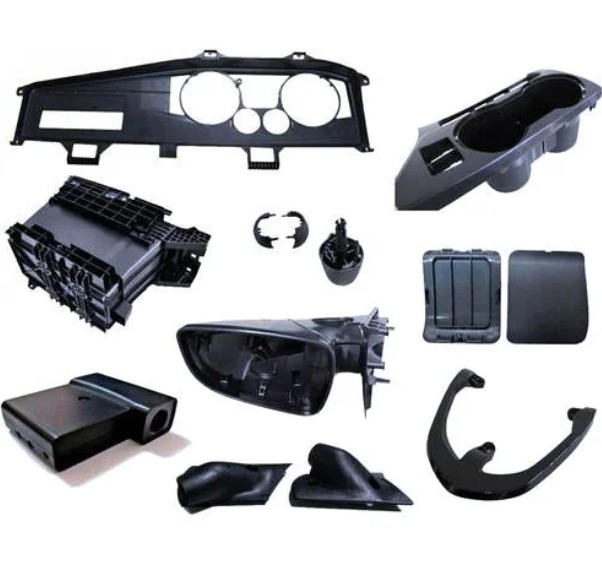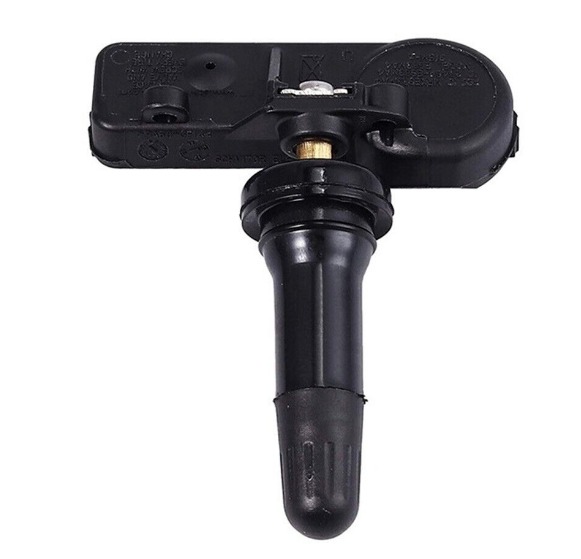Understanding Precision Plastic Injection Molding
Precision plastic injection molding is a highly specialized manufacturing process that involves injecting molten plastic material into a precisely designed mold cavity under high pressure. This process allows for the creation of complex, high - tolerance plastic parts with exceptional accuracy and repeatability. The molten plastic takes the shape of the mold cavity and, upon cooling and solidifying, results in a finished product with dimensions that can be controlled within extremely tight tolerances, often in the range of ±0.001mm to ±0.01mm depending on the requirements.
This technique finds wide applications across various industries. In the electronics industry, it is used to manufacture components such as connectors, housings for smartphones, tablets, and other portable devices. These parts require high precision to ensure proper fit and function, especially when it comes to miniaturized electronics where space is at a premium. For example, the tiny connectors inside a high - end laptop motherboard are often made through precision plastic injection molding.
In the automotive sector, precision plastic injection molding is utilized for producing interior components like dashboard panels, knobs, and intricate parts of the vehicle's electrical systems. These parts not only need to be precise in their dimensions for a seamless fit within the vehicle's interior but also must withstand the mechanical and environmental stresses experienced during vehicle operation.
The medical device industry also heavily relies on precision plastic injection molding. Components for syringes, medical implants (such as some types of catheters), and diagnostic equipment housings are manufactured using this process. In the medical field, the highest level of precision and cleanliness is crucial to ensure the safety and effectiveness of the devices.
The choice of die steel in precision plastic injection molding is of utmost importance. Die steel serves as the material for the molds, and its properties directly impact the quality, lifespan, and cost - effectiveness of the molding process. A wear - resistant die steel can endure the repeated injection of molten plastic, which often contains abrasive additives or fillers. Over time, without a suitable wear - resistant die steel, the mold surfaces can become scratched, eroded, or deformed. This can lead to defects in the molded parts, such as inconsistent wall thicknesses, surface roughness, or inaccurate dimensions. Additionally, a longer - lasting mold made from wear - resistant die steel reduces the frequency of mold replacements, which in turn lowers production costs and downtime associated with mold maintenance and replacement.
Key Factors to Consider When Selecting Wear Resistant Die Steel
1. Plastic Material Properties
Different plastic materials have distinct properties that significantly impact the wear - resistance requirements of die steel. For instance, when dealing with plastics filled with glass fibers, the abrasive nature of the glass fibers increases the wear on the mold surface during injection. Glass - fiber - reinforced plastics are commonly used in automotive parts and high - strength industrial components. The glass fibers can act like tiny cutting tools, scraping against the mold walls as the molten plastic is injected. As a result, a die steel with high wear - resistance, such as steel containing high amounts of carbide - forming elements like chromium (Cr), molybdenum (Mo), and vanadium (V), is essential. These elements form hard carbide particles within the steel matrix, which can resist the abrasive action of the glass fibers.
On the other hand, unfilled thermoplastics like polyethylene (PE) and polypropylene (PP) are less abrasive. PE is widely used in packaging applications, while PP is common in household products. For molds used with these plastics, a die steel with relatively lower wear - resistance requirements may be sufficient. However, other factors such as the required surface finish and dimensional stability still need to be considered.
2. Mold Working Conditions
The working conditions of the mold play a crucial role in die steel selection. Temperature is a significant factor. In high - temperature injection molding processes, such as those for engineering plastics like polycarbonate (PC) which has a high melting point, the die steel must maintain its mechanical properties at elevated temperatures. A die steel with good thermal stability, such as hot - work die steel, is suitable. Hot - work die steel contains alloying elements that enhance its ability to resist softening at high temperatures. For example, H13 steel, a popular hot - work die steel, contains chromium, molybdenum, and vanadium. These elements form stable carbides, which not only contribute to wear - resistance but also prevent the steel from losing its hardness and strength at temperatures up to around 550 - 600°C.
Pressure is another important aspect. High - pressure injection molding can cause significant stress on the mold. The die steel needs to have sufficient strength to withstand these pressures without deforming. Additionally, the number of molding cycles matters. If a mold is expected to be used for a large number of cycles, a more wear - resistant and durable die steel should be chosen to ensure a long - term, trouble - free production process.
3. Required Precision and Tolerance
In precision plastic injection molding, maintaining tight tolerances is crucial. The die steel must not only be wear - resistant but also have excellent dimensional stability. Any wear or deformation of the mold can lead to deviations in the dimensions of the molded parts. For example, in the production of optical lenses made from plastic, where precision is of utmost importance, even a slight change in the mold's surface due to wear can affect the optical properties of the lens. A die steel with fine - grained microstructure and low thermal expansion coefficient is ideal. Fine - grained steels tend to have better dimensional stability as they are less prone to grain growth and deformation under stress and temperature changes. Materials like some high - grade alloy steels with precise heat - treatment processes can meet these requirements, ensuring that the mold maintains its shape and dimensions accurately over a large number of production cycles.
4. Production Volume
The production volume has a direct impact on the choice of die steel. For low - volume production, cost - effectiveness may be a more significant consideration. In such cases, a less expensive die steel with moderate wear - resistance may be sufficient, as the mold will not be subjected to a large number of cycles. For example, a simple carbon steel or a low - alloy steel could be used for small - scale production runs of plastic parts that do not require extremely high precision or long - term durability.
However, for high - volume production, a high - quality, wear - resistant die steel is essential. The long - term cost savings achieved by reducing mold replacement frequency and minimizing production downtime due to mold wear outweigh the higher initial cost of the die steel. High - volume production is common in industries like consumer electronics, where millions of plastic components are produced. Using a high - performance die steel, such as a premium grade of tool steel with enhanced wear - resistance properties, can ensure consistent product quality and efficient production over an extended period.
Comparison of Common Wear Resistant Die Steels
1. Introduction to Main Die Steel Types
- Carbon Tool Steels: Carbon tool steels, such as T8A and T10A, are relatively simple in composition with a focus on carbon content, which typically ranges from 0.65% - 1.35%. They are cost - effective and have good machinability, making them suitable for simple molds with low - to - moderate wear requirements. However, their wear - resistance is limited compared to more alloyed steels, and they have a relatively high quenching distortion tendency.
- Alloy Tool Steels: Alloy tool steels have additional alloying elements like chromium (Cr), molybdenum (Mo), tungsten (W), and vanadium (V) added to the carbon steel base. For example, Cr12MoV is a popular alloy tool steel. The chromium in it forms hard carbides, significantly enhancing wear - resistance. Molybdenum improves hardenability and tempering stability, while vanadium refines the grain structure and further boosts wear - resistance. Alloy tool steels are suitable for a wide range of molds, from those used for general plastic injection to more demanding applications with higher wear requirements.
- High - Speed Tool Steels: High - speed tool steels, such as W6Mo5Cr4V2 (M2), are known for their extremely high hardness, even at elevated temperatures (red - hardness). They contain a high proportion of alloying elements, which contribute to their excellent wear - resistance and high - speed cutting performance. These steels are often used in molds where the plastic material is highly abrasive or when the molding process requires high - speed operations, but they are relatively expensive.
2. Property Comparison in Tabular Form
| Die Steel Type | Hardness (HRC) | Wear Resistance | Toughness | Corrosion Resistance | Cost |
| Carbon Tool Steel (e.g., T10A) | 60 - 64 (after quenching) | Moderate. Carbide formation is limited mainly by carbon, so it can resist normal wear in non - abrasive plastic molding. | Low. Prone to cracking under impact due to high carbon content and relatively simple structure. | Poor. Susceptible to rust and corrosion in normal environments. | Low. Simple composition and production process lead to low cost. |
| Alloy Tool Steel (e.g., Cr12MoV) | 58 - 62 | High. The combination of chromium, molybdenum, and vanadium forms hard carbides that can resist wear from abrasive plastics. | Moderate. The alloying elements improve the overall toughness compared to carbon tool steel, but still has limitations in high - impact situations. | Moderate. Chromium content provides some level of corrosion resistance, especially better than carbon steel. | Medium. Higher than carbon tool steel due to alloying elements and more complex production. |
| High - Speed Tool Steel (e.g., M2) | 63 - 66 | Very high. Exceptional wear - resistance even at high temperatures, suitable for extremely abrasive plastics. | Low - moderate. High - speed tool steels are relatively brittle due to their high alloy content and high - hardness nature. | Moderate. Some alloying elements offer corrosion resistance, but not as good as dedicated corrosion - resistant steels. | High. Complex alloy composition and special production processes result in high cost. |
3. Case Studies of Different Die Steels in Applications
- Carbon Tool Steel Application: In a small - scale production of simple plastic toys, carbon tool steel T10A was used for the injection mold. The plastic material was unfilled polyethylene. Since the production volume was low (only a few thousand pieces) and the plastic was not abrasive, the carbon tool steel mold worked well initially. However, after a few hundred cycles, slight wear on the mold surface was observed, which started to affect the surface finish of the toys. But considering the low production volume and cost - effectiveness, the use of carbon tool steel was still a viable option in this case.
- Alloy Tool Steel Application: A company producing automotive interior components, such as air - vent knobs, used Cr12MoV alloy tool steel for the injection molds. The plastic material was a glass - fiber - reinforced polypropylene. Over 100,000 molding cycles, the Cr12MoV mold maintained its shape and dimensional accuracy well. The hard carbides in the steel resisted the abrasion from the glass fibers. Only minor wear was detected on the mold surface, which could be easily polished to restore the surface finish, ensuring consistent quality of the automotive components.
- High - Speed Tool Steel Application: In the production of plastic components for aerospace equipment, where the plastic contains a high percentage of abrasive fillers for heat - resistance and strength, high - speed tool steel M2 was employed for the injection molds. Despite the high cost, the M2 steel mold could withstand the extreme wear caused by the abrasive plastic over a large number of production cycles. The high - speed cutting performance of the steel also allowed for efficient production, meeting the high - precision and high - volume requirements of the aerospace industry.
Yigu Technology's Insights
At Yigu Technology, as a non - standard plastic metal products custom supplier, we understand the criticality of choosing the right wear - resistant die steel in precision plastic injection molding. Over the years, we have accumulated rich experience in dealing with various die - steel - related issues.
The first thing to consider is the specific application scenario of the mold. Different industries and products have unique requirements. For example, in the medical device industry, in addition to high precision, the die steel must also meet strict hygiene and corrosion - resistance standards. Based on our experience, we recommend conducting a detailed analysis of the product's design, production volume, and expected service life before making a decision.
Secondly, evaluating the capabilities of die - steel suppliers is crucial. A reliable supplier should have a good reputation, advanced production technology, and strict quality - control systems. We suggest looking for suppliers who can provide comprehensive technical support, such as material selection advice, heat - treatment guidance, and after - sales service.
Last but not least, cost - effectiveness cannot be ignored. While high - performance die steels offer excellent wear - resistance, they often come with a high price tag. Therefore, it is necessary to balance the cost and performance according to the actual production needs. Sometimes, a slightly less expensive die steel with proper surface treatment or heat - treatment can also meet the production requirements, achieving a better cost - performance ratio.
